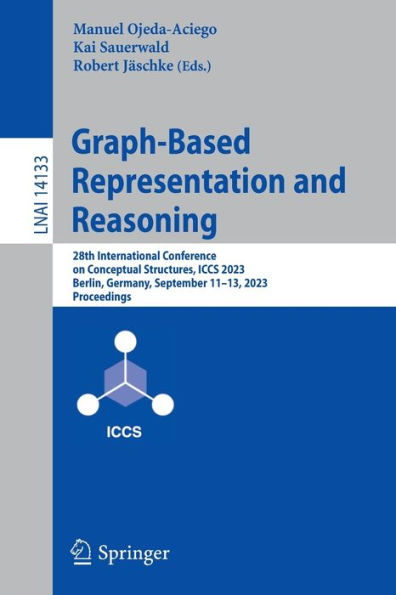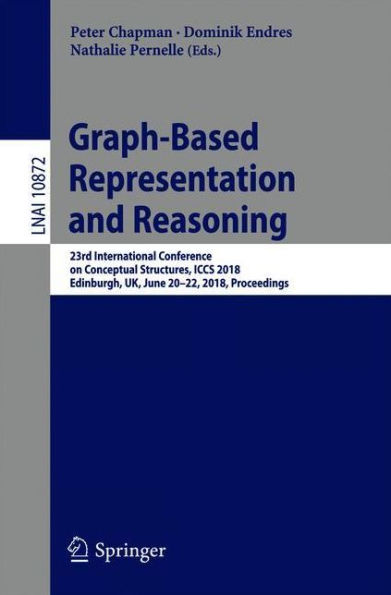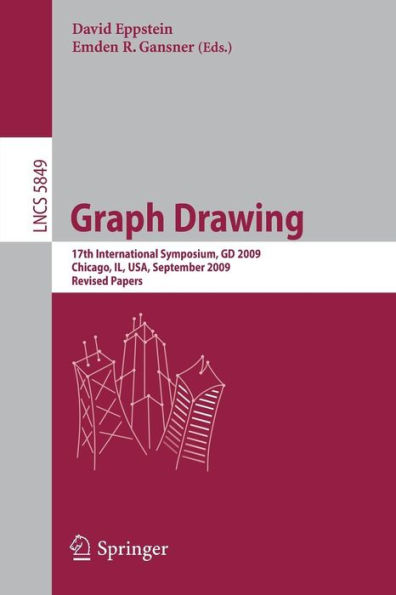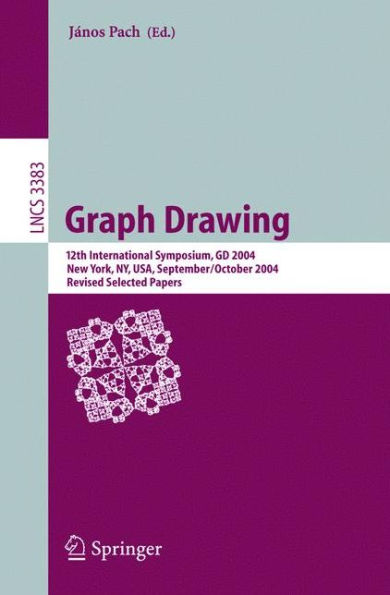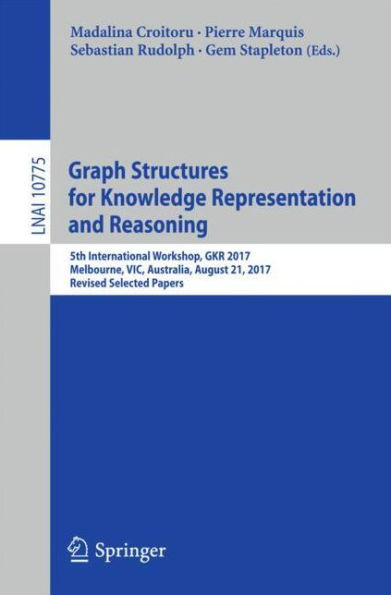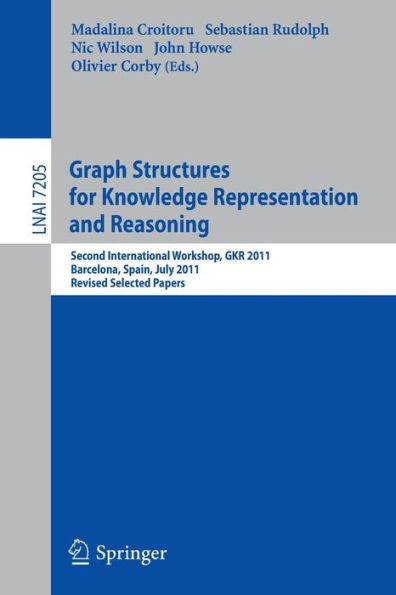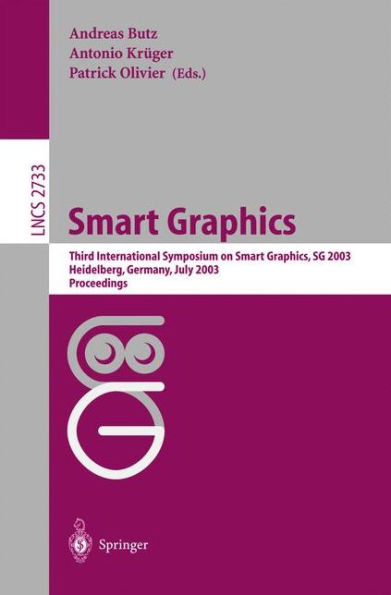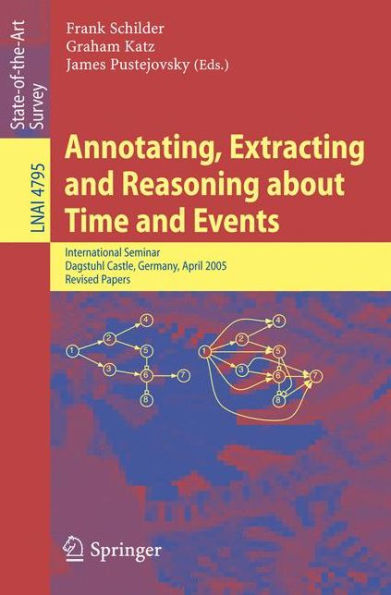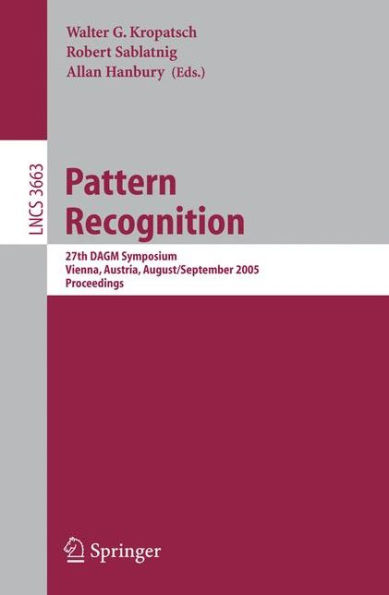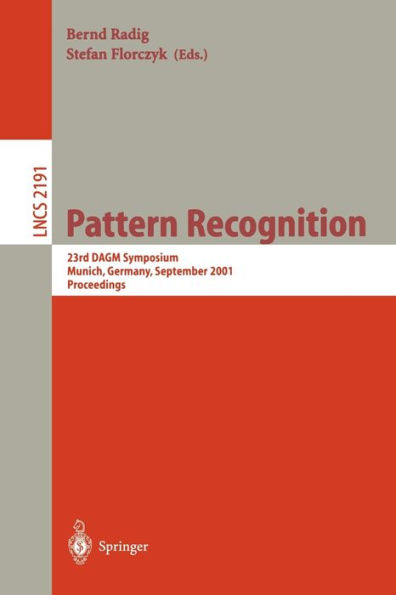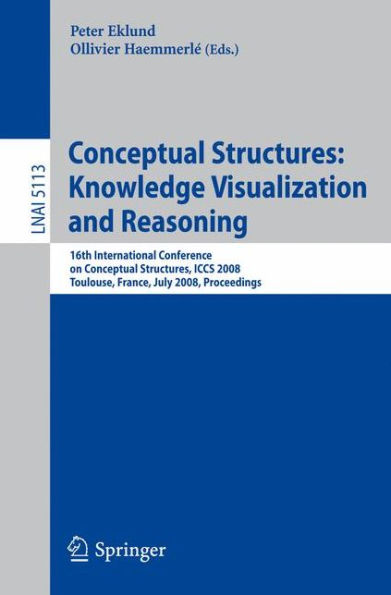Home
Diagrammatic Representation and Inference: 5th International Conference, Diagrams 2008, Herrsching, Germany, September 19-21, 2008, Proceedings / Edition 1


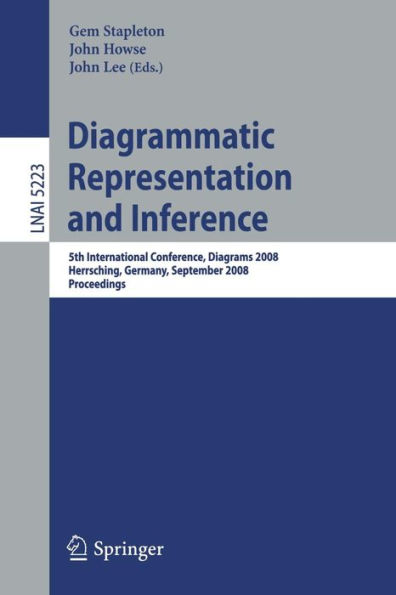
Diagrammatic Representation and Inference: 5th International Conference, Diagrams 2008, Herrsching, Germany, September 19-21, 2008, Proceedings / Edition 1
Current price: $54.99
Loading Inventory...
Size: OS
Diagrams is an international and interdisciplinary conference series, covering all aspects of research on the theory and application of diagrams. Recent technological advances have enabled the large-scale adoption of d- grams in a diverse range of areas. Increasingly sophisticated visual represen- tions are emerging and, to enable e?ective communication, insight is required into how diagrams are used and when they are appropriate for use. The per- sive, everyday use of diagrams for communicating information and ideas serves to illustrate the importance of providing a sound understanding of the role that diagrams can, and do, play. Research in the ?eld of diagrams aims to improve our understanding of the role of diagrams, sketches and other visualizations in communication, computation, cognition, creative thought, and problem solving. These concerns have triggered a surge of interest in the study of diagrams. The study of diagrammatic communication as a whole must be pursued as an interdisciplinary endeavour.Diagrams 2008 was the ?fth event in this conf- ence series, which was launched in Edinburghduring September 2000.Diagrams attracts a large number of researchers from virtually all related ?elds, placing the conference as a major international event in the area. Diagrams is the only conference that provides a united forum for all areas that are concerned with the study of diagrams: for example, architecture, - ti?cial intelligence, cartography, cognitive science, computer science, education, graphicdesign, historyofscience, human-computerinteraction, linguistics, logic, mathematics, philosophy, psychology, andsoftwaremodelling.Weseeissuesfrom all of these ?elds discussed in the papers collected in the present

